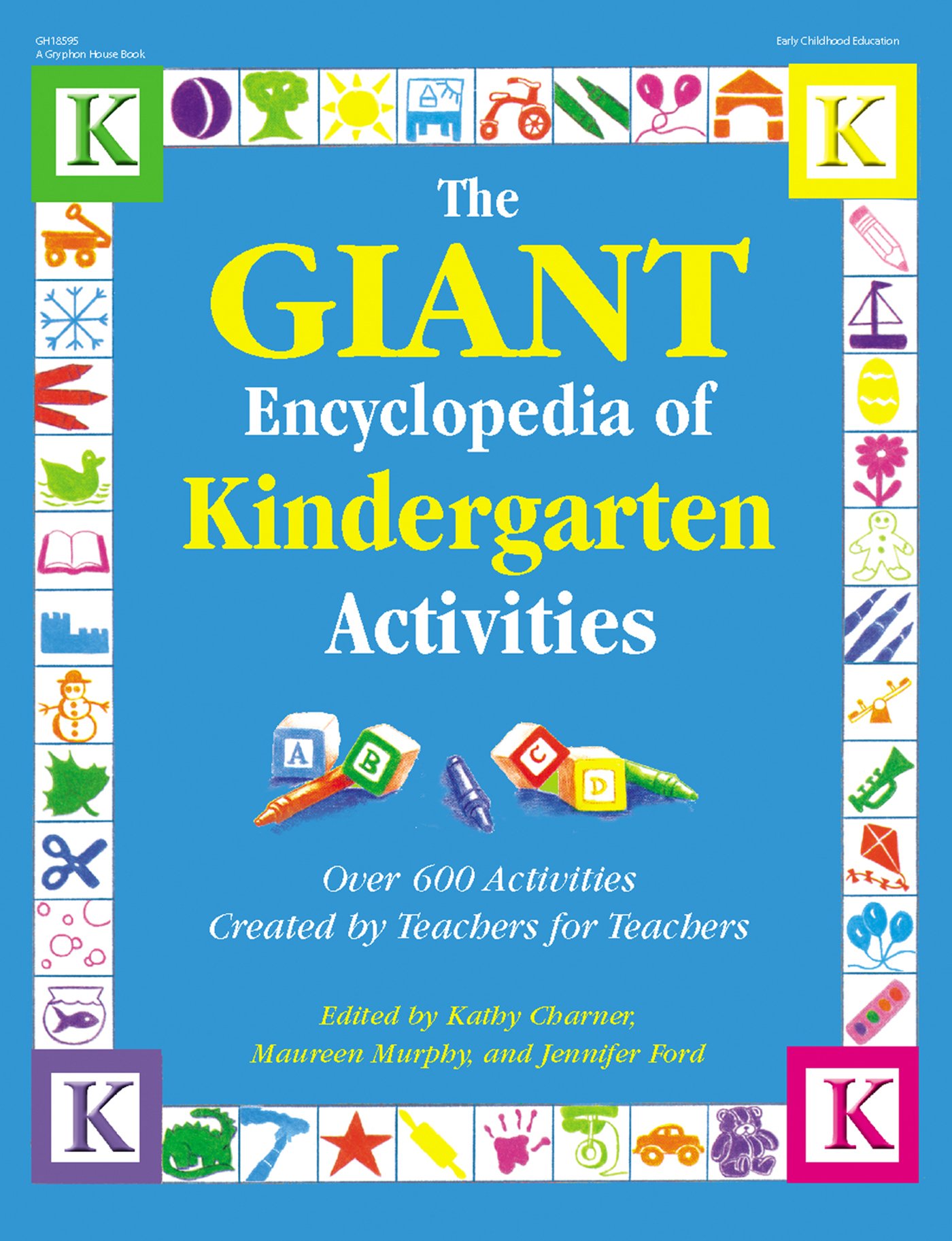Materials
Owl Moon by Jane Yolen
park guide or naturalistInstructions
1. Read Owl Moon to the children. In the book, the author describes exactly
what you do when you go owling.
2. If possible, obtain a recorded copy of the story from Scholastic and play it
while you read the story to make it seem more real.
3. If desired, close the blinds in your classroom to give the effect of night.
Author Note: The children in my class loved this. When I was reading the story,
if a child talked the children all said, "Shh! You have to be quiet when you go
owling."
4. Talk about owls. Call you local metropolitan parks office and make
arrangements to have a guide or naturalist take your class owling.
5. If possible, go to the Nature Center at the park and see if there is an owl
there that the children can see before going owling. Owling can be done in
the day, but nighttime is more effective. If an evening can be done, invite
parents to come along.
6. Be sure to ask if the guide or naturalist has a copy of the story Owl Moon. If
not, bring your copy and read it before starting your owling adventure.
More to do
Science and Nature: Contact a school supply store or catalog, or look up "owl
pellets" on the Internet to order some owl pellets. Use them as a supplement to
a classroom study of owls, food webs, and mammal anatomy. It's great fun to
match the bones found in the pellet to various animals that the owls eat (on the
sheet of paper you can get with the pellets).
